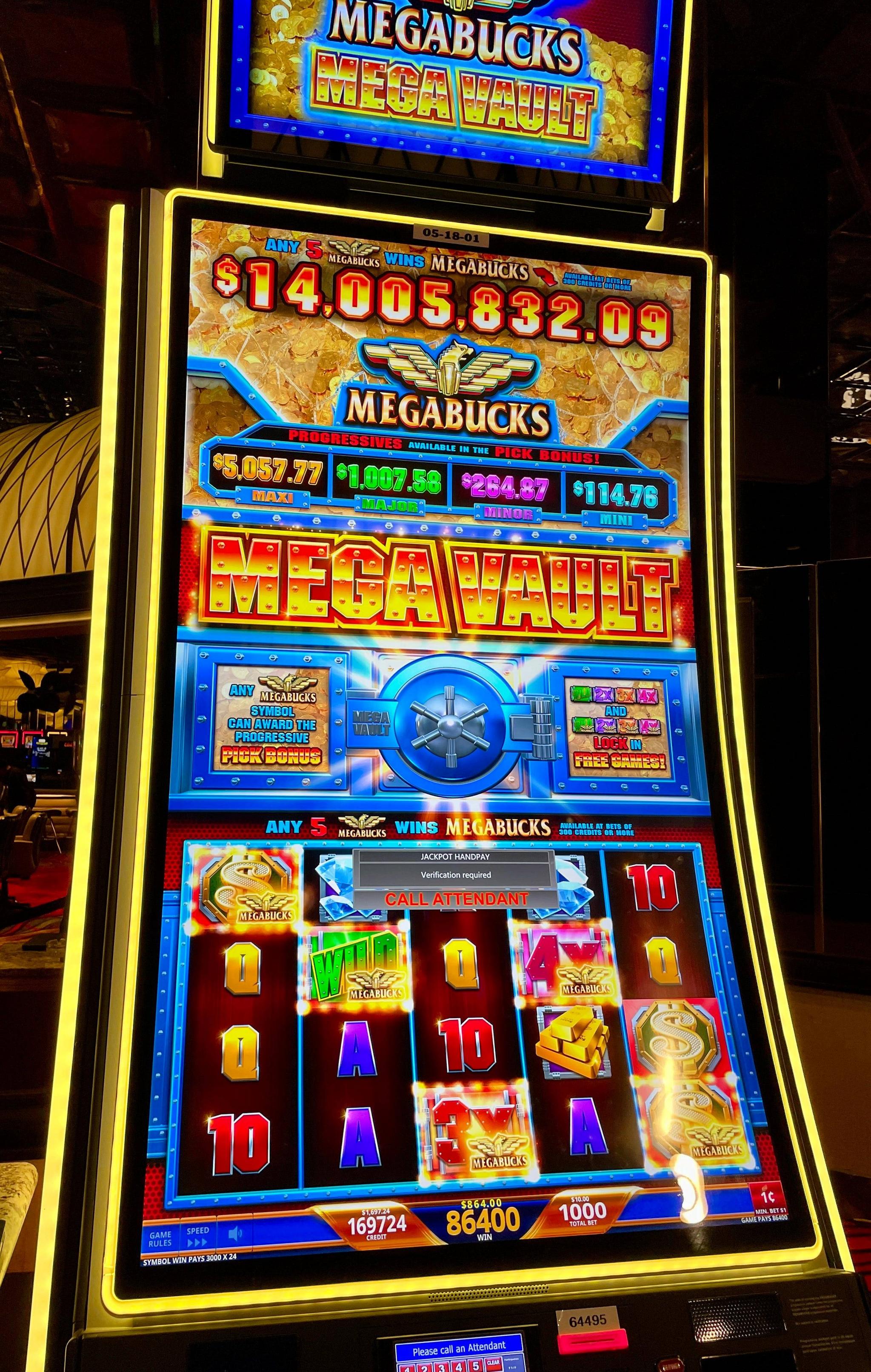What Is a Slot?

A slot is a type of position or place in a group, series, or sequence. It may also refer to an appointment or time slot in a calendar. In a game, the term is most often used to describe a particular position on the field or in a team. For example, a quarterback might play the slot when facing an onside kick. The slot is the closest defensive player to the ball, so it is important to protect this spot on the field.
When you play slots online, it’s important to determine a budget before you begin. This budget, or bankroll, should be money that you’re comfortable losing. It’s also important to set realistic goals for your gaming experience. Achieving these goals will help you keep your spending in check and avoid overspending. It is also a good idea to try out different types of games in demo mode before you play them for real money.
The pay table of a slot game is a list of rules that tells players how much they can win on a spin. It can be a simple list or it can include complex graphics and information. It is usually displayed above and below the reels or in a help menu on video slots. The pay tables are designed to fit the theme of the game and make it easier for players to understand the rules.
In addition to a pay table, the slot game may have other rules that explain how to play and win. These can vary from game to game and can include how to calculate POP and RTP. POP is the theoretical percentage that a machine will payout over its lifetime and RTP is the average return-to-player percentage over a specific period of time.
Another important part of a slot game is its rules regarding how to place bets. These rules usually vary from game to game and can be very complicated. Some of these rules include how to activate bonus features and how to determine the value of a wild symbol. The rules can also include how to change the bet size and how to reset the game if it malfunctions.
In football, the slot is a position that a receiver can take when the defense is lined up in a 2×2 formation. It allows the receiver to stay back a little and not get grabbed easily by the cornerbacks, and it’s often filled by quicker players or shifty guys who can avoid getting grabbed. The slot is also a great spot for players who like to run routes and play fast. This position can be difficult for linebackers to cover.